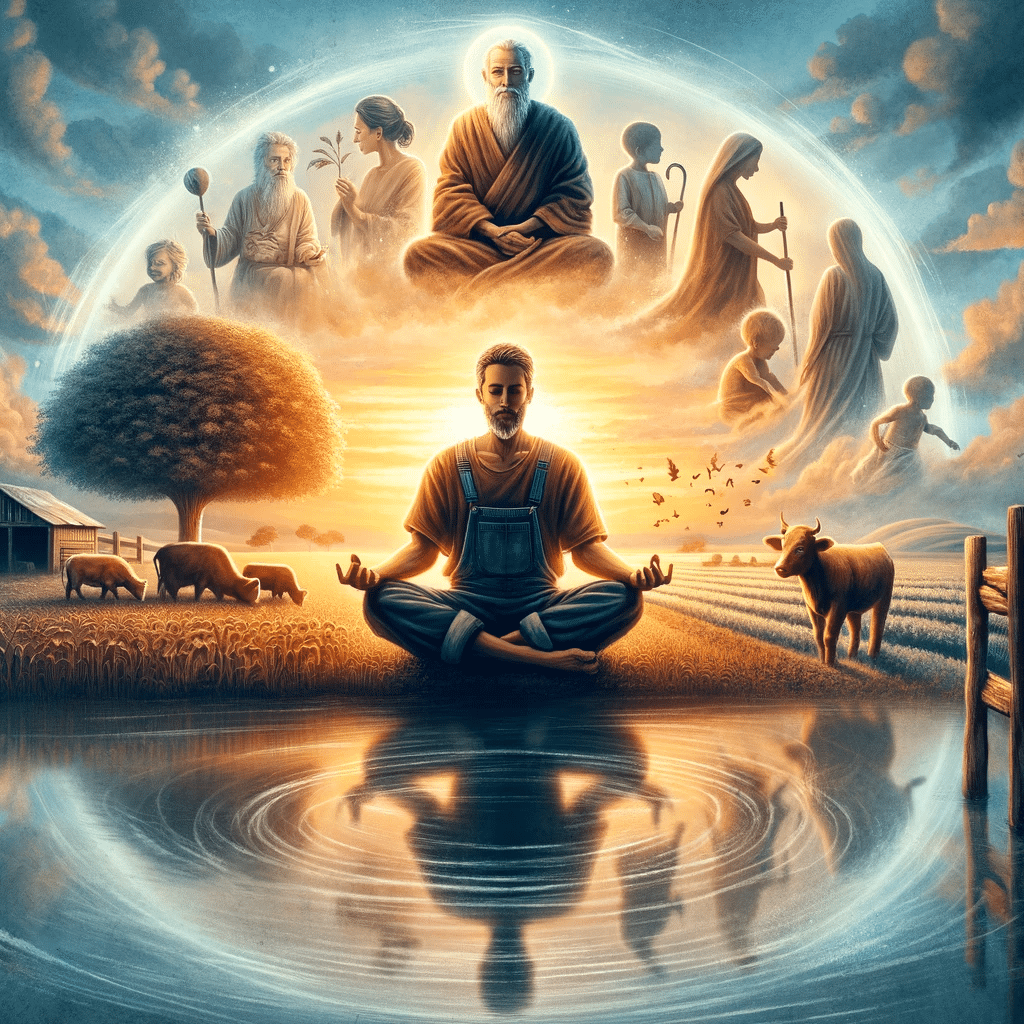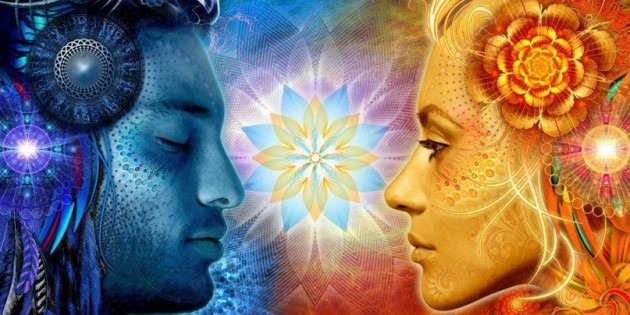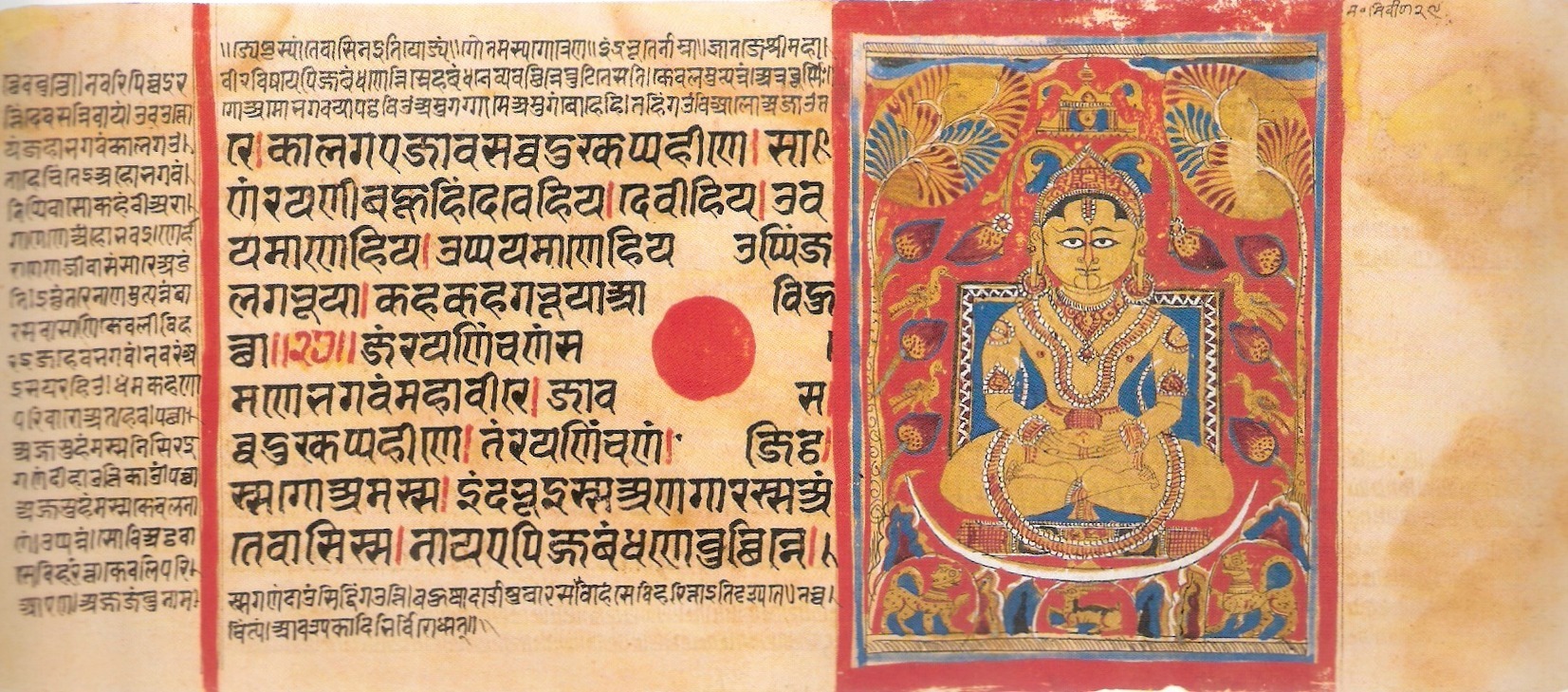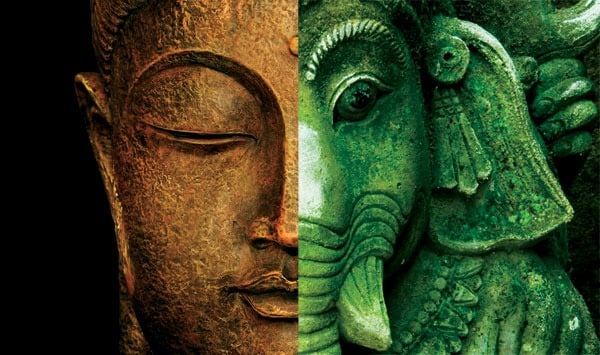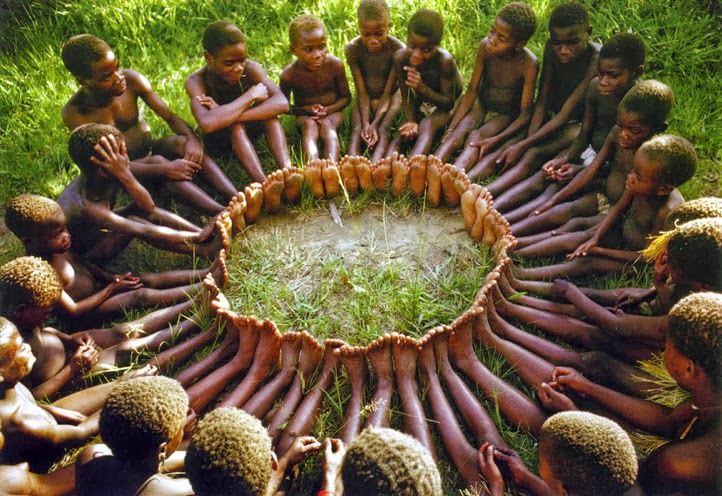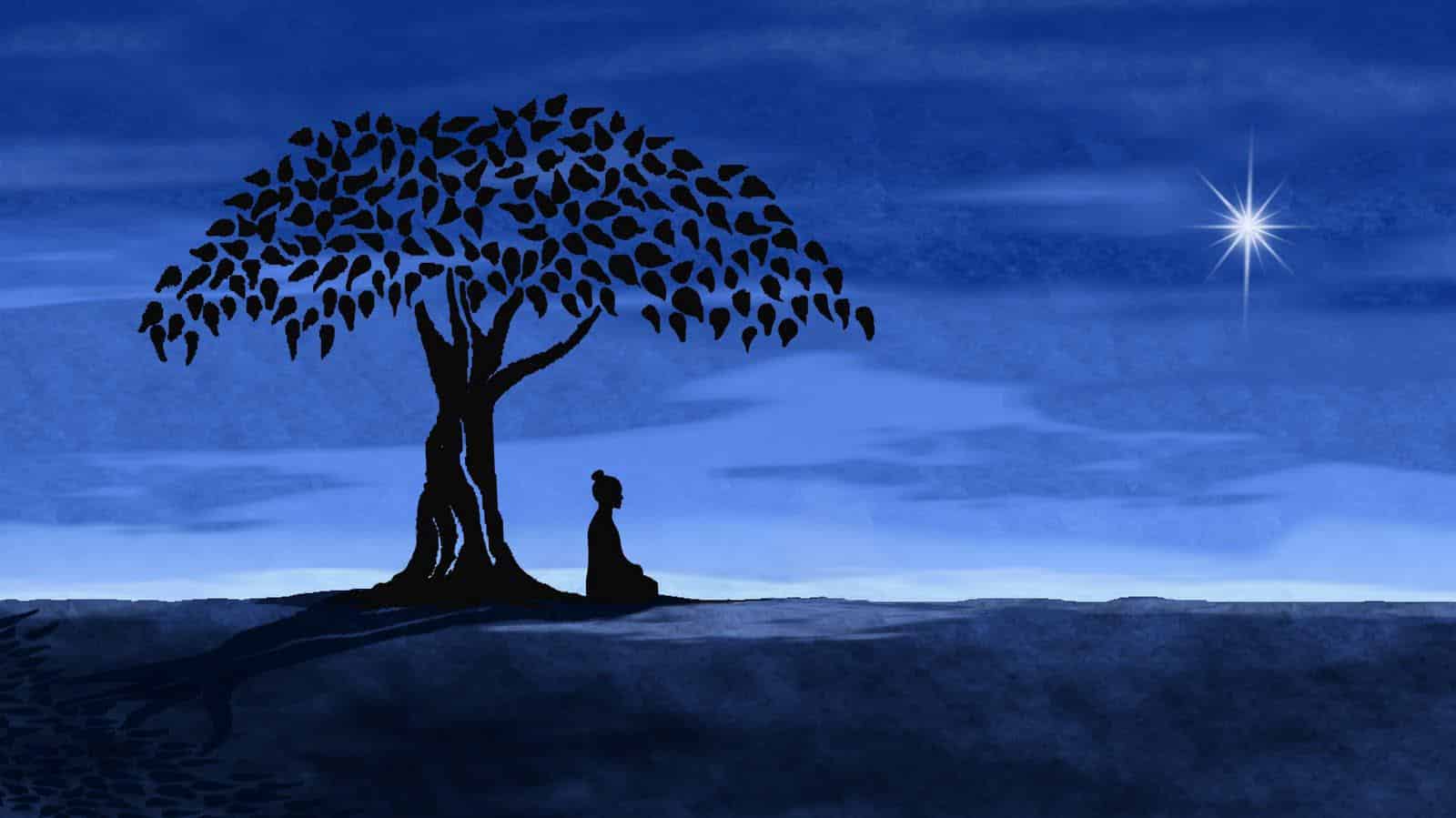Shaucha | शौच | purity & cleanliness
Shaucha is the 1st Niyama of Yoga; or the restraints of behavior. This concept that is central to the Indian religion and yoga and is part of what creates a clear and focused mind. It also means a clean body and sets of actions; its implies purity and cleanliness through all of life in a … Read more


